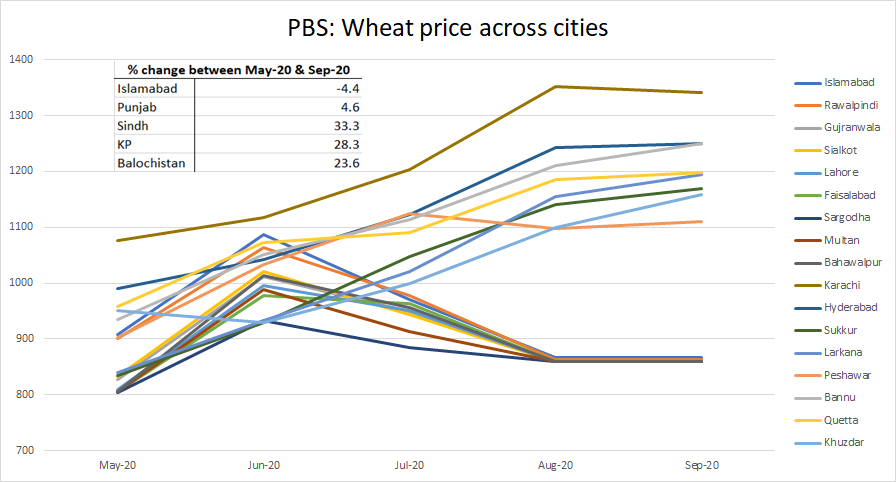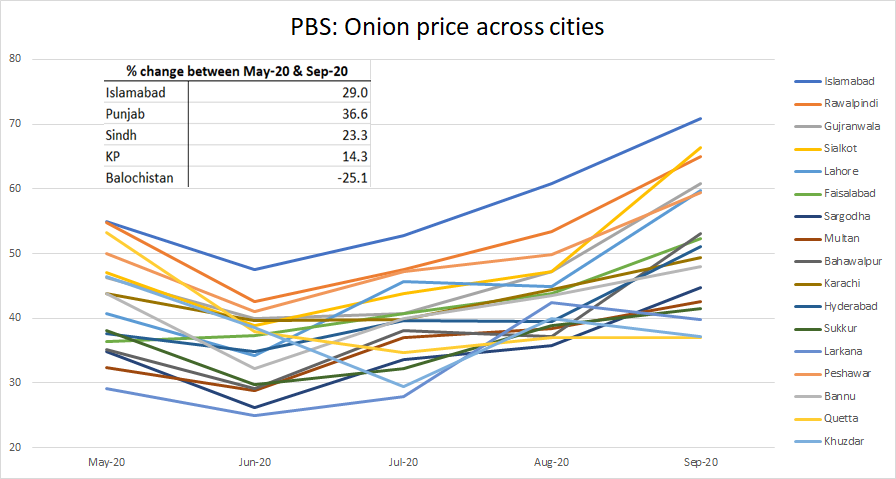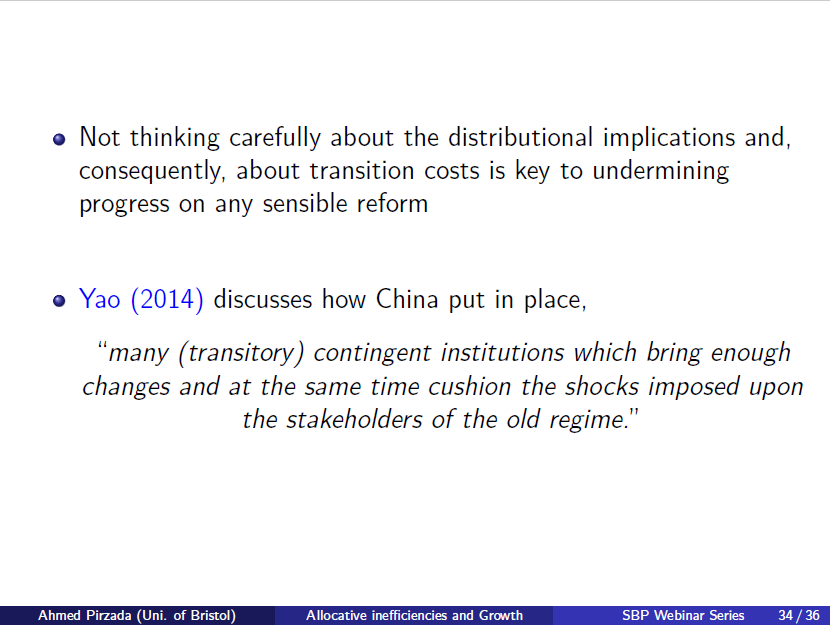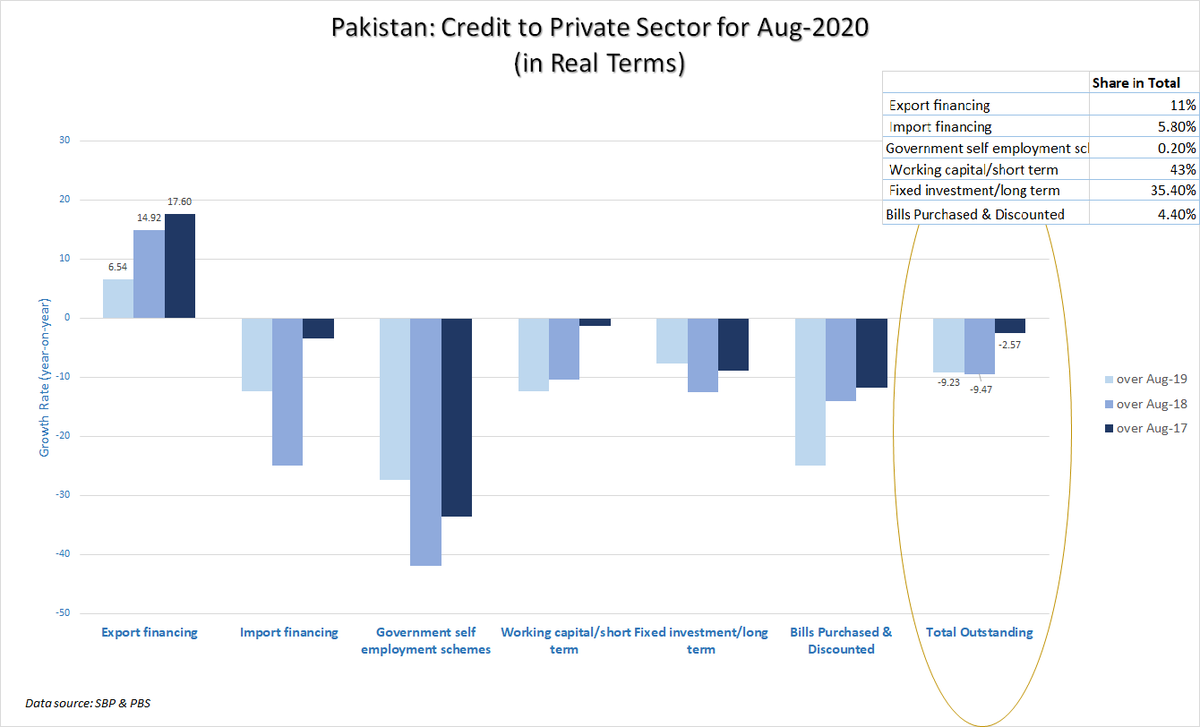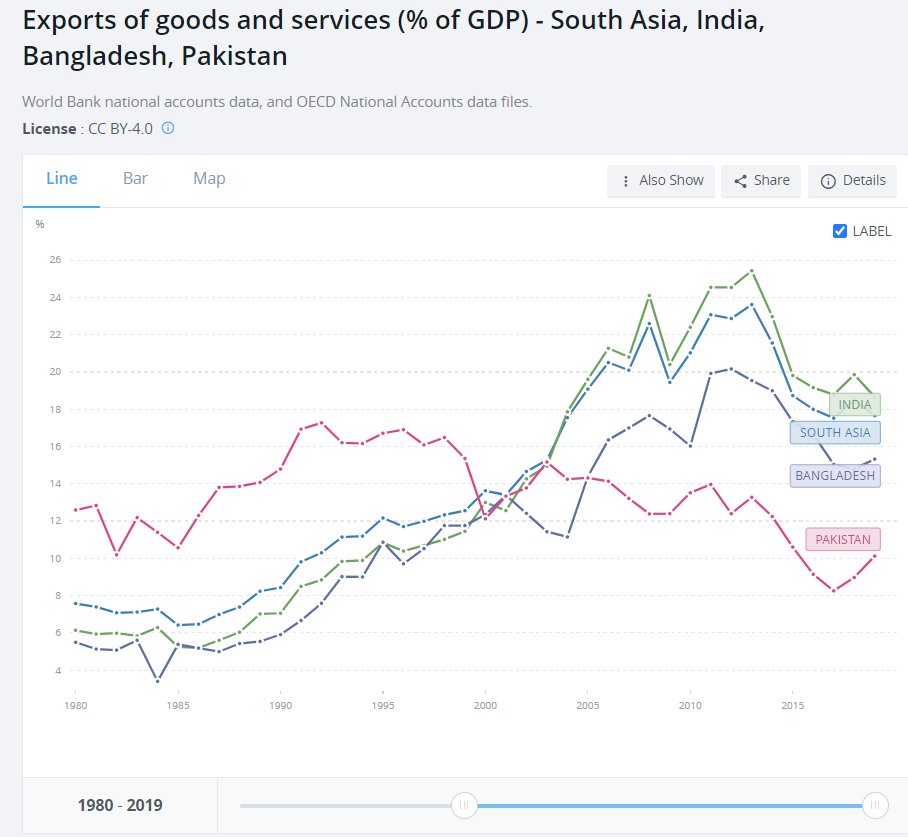
(1/n) There is often a lot of emphasis on social security in political discourse around 'riasat-e-madina' in #Pakistan. But in the few books I hav ever picked up, the bigger story is always about development of trade networks & of financial instruments required for achieving this 



(2/n) To an extent that George Saliba's whole thesis on the downfall of Islamic civilisation is centred around the diversion of east-west trade away from the traditional trade networks passing through Islamic lands.
(3/n) Arguing further tht it was the wealth creation frm trade which allowed Muslim elites to finance the scientific enterprise. And once traditional trade routes lost their appeal to newfound shipping routes, both wealth creation and, consequently, scientific enterprise declined
(4/n) So any serious discussion on drawing lessons from 'riasat e madina' should also consider the state's role in developing trade linkages plus the freedom and security it granted its inhabitants to trade both within and across borders.
(n/n) Source: books.google.co.uk/books?id=LXkGC…
Other books telling a similar story include "The Silk Road" by Peter Frankopen and "Debt: The First 5000 Years" by David Graeber.
Other books telling a similar story include "The Silk Road" by Peter Frankopen and "Debt: The First 5000 Years" by David Graeber.
• • •
Missing some Tweet in this thread? You can try to
force a refresh

